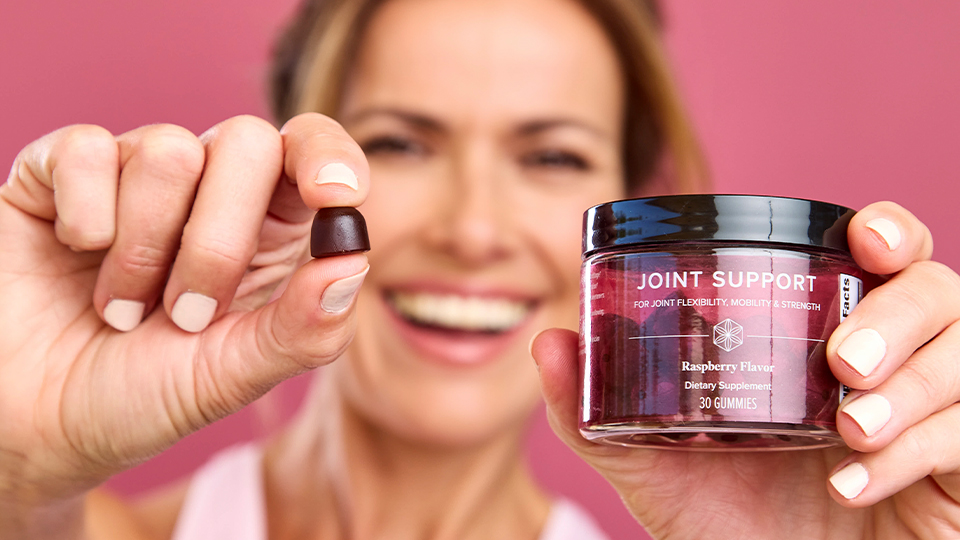Researchers from the University of Southampton recently investigated bone development in growing children and found that greater muscle mass is linked to healthier bones, while fat mass is not.
The scientists compared muscle mass and bone density data collected as a part of the Southampton Women’s Survey in more than 200 children. Measures included total fat mass, lean mass, and bone density at birth and between six and seven years by dual-energy X-ray absorptiometry (DEXA), which is currently the gold standard.
Epidemiologist and lead investigator Rebecca Moon said that the study found that lean mass was positively associated with bone mineral density at multiple measurement sites. However, fat mass had no significant effect on bone density even though it may have provided extra body weight. The positive association between bone density and muscle was stronger for girls than it was for boys, even after accounting for age and hormonal differences.
“Bone strength and size is important because they are significant factors in long-term osteoporosis and fracture risk,” Moon explained in a press release. “A ten percent increase in peak bone mass will delay the onset of osteoporosis by 13 years. These findings point to the importance of early childhood physical activity to optimize muscle and bone growth.”
This study found a gain in childhood lean mass was positively associated with bone size and bone density. It suggests that gaining muscle rather than fat mass, may be a very important factor in childhood bone development. This underlines the importance of physical activity for young children. Even structured exercise, like properly dosed strength training, may be appropriate. Children could also benefit from high-quality protein to help build and maintain their muscle mass.
For children, recommendations are to incorporate light resistance and controlled movements with proper technique. Simple body weight and exercise band training is an excellent and fun option.
The Mayo Clinic also offers resources for helping children adopt strength training for bone health, healthy blood pressure and cholesterol levels, as well as improved confidence and self-esteem.
Reference
Moon RJ, Cole ZA, Crozier SR et al. Longitudinal changes in lean mass predict pQCT measures of tibial geometry and mineralisation at 6-7 years. Bone 2015;75:105-10. doi: 10.1016/j.bone.2015.02.015. Epub 2015 Feb 20.





